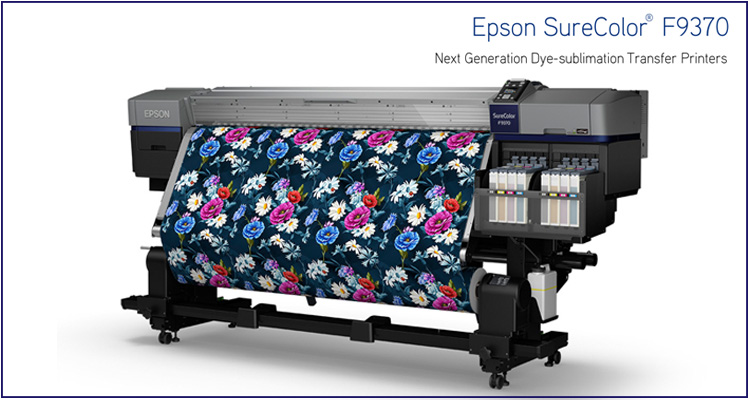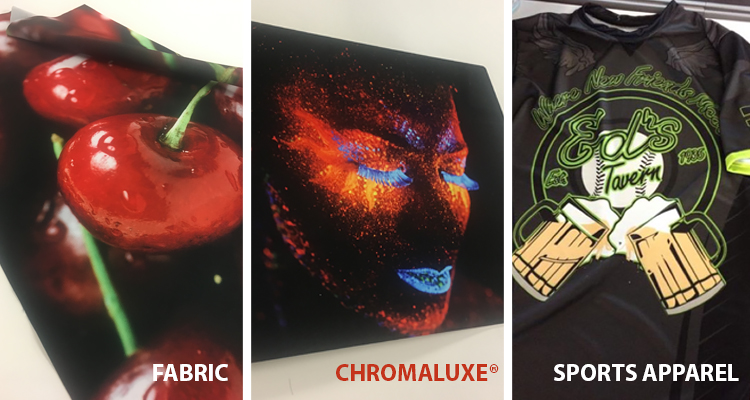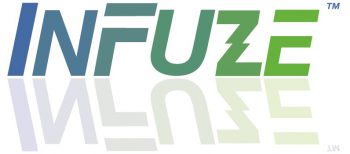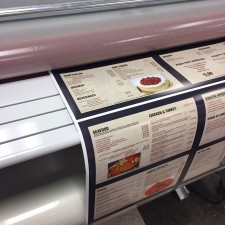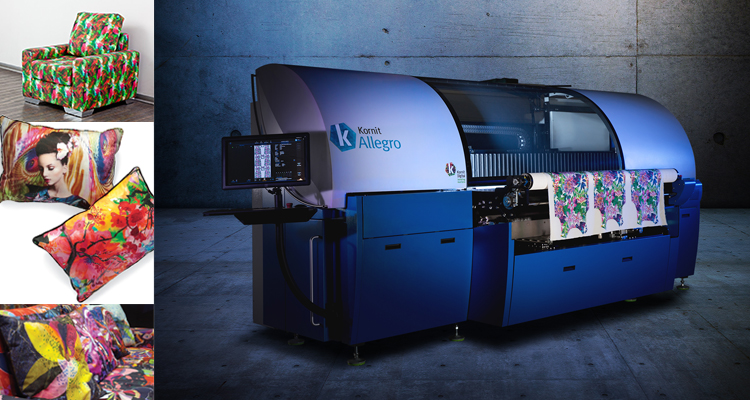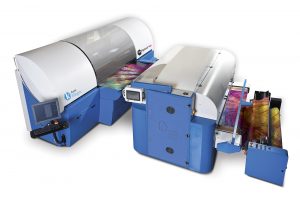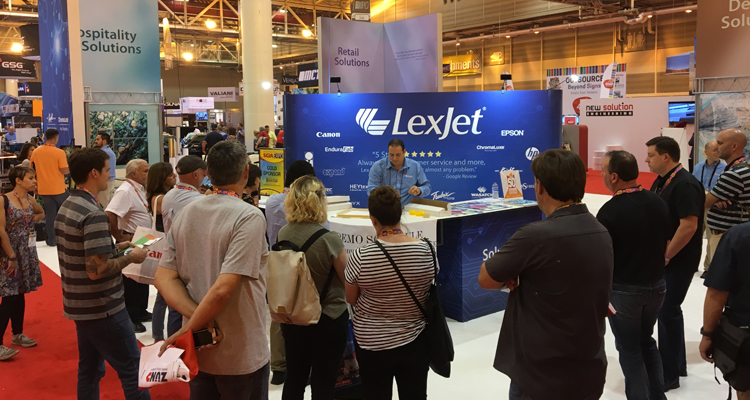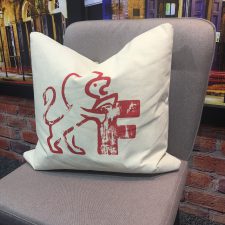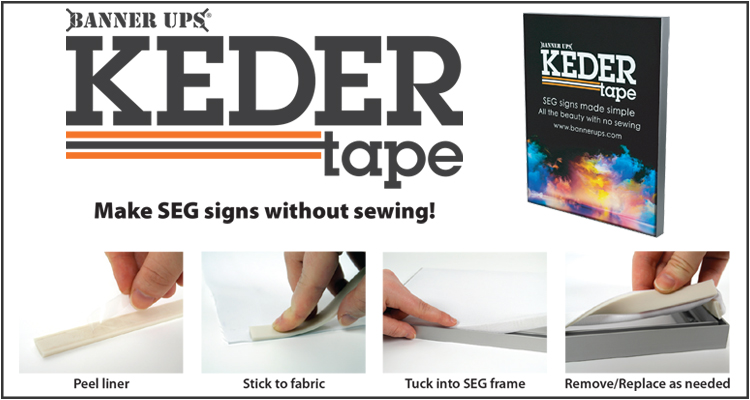Adding a whole new technology to your wide-format toolkit can be daunting, but the versatility you gain with dye-sublimation transfer printing can open all new opportunities. With the Epson SureColor Production printers, you can get into it with an initial investment starting around $7,ooo for the F6200 ($14,000 for the F7200 and $25,000 for the F9370) for a 44- or 64-inch system. Once you’re up and running, the creative and money-making possibilities are only limited to your imagination.
Dye-sublimation transfer is particularly favored for textile printing since the ink from the transfer adheres into the fabric, rather than sitting on top of it, as it does with other ink technologies. Once sublimated, the ink won’t crack, fleck or scratch off, making it an ideal option for knitted textiles, particularly high-performance athletic wear. (Bonus: Dye-sub fabrics are also washable!)

In addition to garment fabric, textiles printed for soft signage perform extremely well with dye-sub transfers. Backlit displays, tradeshow graphics and flags are two of the top applications for dye-sub, as they fold and travel easily and are cheaper to ship than films or vinyl often used for similar signage.
Dye-sub is a great complement to your other wide-format printers, allowing you to get into high-demand print products like the popular metal photo panels, ktochkees like coasters, cups and more, and customized décor, like pillows, window blinds and upholstery.
In addition to the printer system, you’ll also need transfer paper. The LexJet InFuze line provides four transfer papers for all needs, including textile, apparel, rigid substrate and multi-purpose. You’ll also need a heat press to sublimate the image to your final substrate. LexJet offers a full line of options, from a 16×20-inch table-top swinger heat press for small jobs, to a 112x48x53-inch heat calendar machine.
If you’re ready to master the world of dye-sub, visit our LexJet.com/dyesub page to learn about more applications and watch some of the how-to videos to learn all the ways to make dye-sub work for you and your business. Here’s a quick look at how to create an all-over print for t-shirts:

